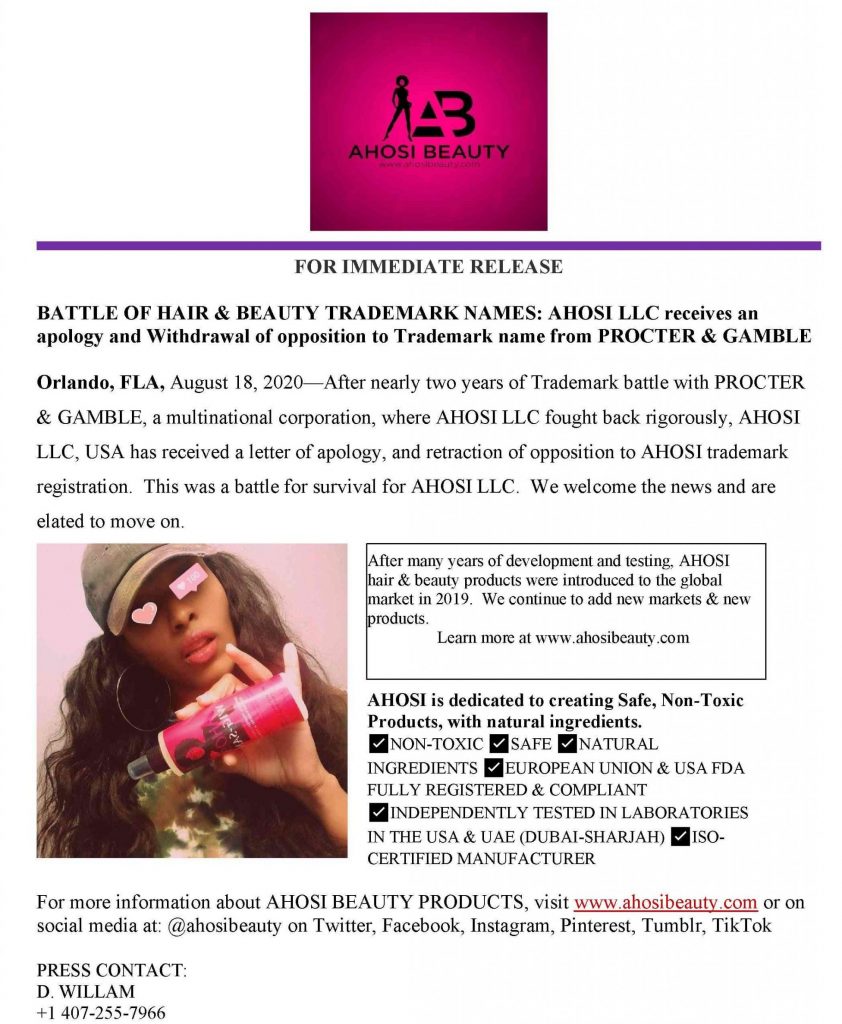|
Hair Types and Hair Growth
Hair comes in various types, ranging from straight to curly and everything in between. The shape of the hair follicle determines the shape of the hair fiber, resulting in different hair textures. People with straight hair typically have round hair fibers, while oval or other shaped fibers are associated with wavy or curly hair. Additionally, factors such as genetics and ethnicity influence hair characteristics, including diameter and cross-section shape. For instance, individuals of African ancestry often have hair with a diameter of 60-90 μm and a flat cross-section, while those of European or Middle Eastern ancestry have a diameter of 70-100 μm and an oval cross-section. Hair growth begins inside the hair follicle, where cells produce the hair shaft. The hair shaft is considered “dead” and exhibits no biochemical activity. It’s important to note that hair growth varies among individuals, with factors such as age, genetics, and overall health influencing the speed and quality of hair growth.
Hair comes in various types, ranging from straight to curly and everything in between. The shape of the hair follicle determines the shape of the hair fiber, resulting in different hair textures. People with straight hair typically have round hair fibers, while oval or other shaped fibers are associated with wavy or curly hair. Additionally, factors such as genetics and ethnicity influence hair characteristics, including diameter and cross-section shape. For instance, individuals of African ancestry often have hair with a diameter of 60-90 μm and a flat cross-section, while those of European or Middle Eastern ancestry have a diameter of 70-100 μm and an oval cross-section. Hair growth begins inside the hair follicle, where cells produce the hair shaft. The hair shaft is considered “dead” and exhibits no biochemical activity. It’s important to note that hair growth varies among individuals, with factors such as age, genetics, and overall health influencing the speed and quality of hair growth.
Hair Care Tips and Techniques
Maintaining healthy hair requires a combination of proper care and regular maintenance. Here are some essential tips and techniques to keep your hair looking its best:
1. Washing and Conditioning
Regularly washing your hair is crucial for removing dirt, oil, and product buildup. Use a gentle shampoo that suits your hair type and massage it into your scalp to promote circulation. Follow up with a conditioner to moisturize and nourish your hair. Be sure to rinse thoroughly to prevent any residue from weighing down your hair.
2. Choosing the Right Products
Selecting the right hair products can make a significant difference in the health and appearance of your hair. Consider your hair type, concerns, and desired results when choosing shampoos, conditioners, and styling products. Look for ingredients that promote hydration, repair, and protection.
3. Avoiding Heat Damage
Excessive heat styling can cause damage to your hair, leading to dryness, breakage, and frizz. Whenever possible, allow your hair to air dry naturally. If you do use heat styling tools such as flat irons or curling wands, apply a heat protectant spray beforehand to minimize damage.
4. Trimming Regularly
Regular trims are essential for maintaining healthy hair and preventing split ends. Aim to trim your hair every 6-8 weeks to keep it looking fresh and prevent breakage from traveling up the hair shaft.
5. Protecting from Environmental Factors
Environmental factors such as sun exposure, chlorine from swimming pools, and pollution can take a toll on your hair. Protect your hair by wearing a hat or using products with UV filters when spending time in the sun. Rinse your hair thoroughly after swimming to remove chlorine, and consider using a clarifying shampoo to remove buildup from pollution.
Hair Color and Styling
Hair color and styling are powerful tools for self-expression and can transform your entire look. From vibrant hues to subtle highlights, the possibilities are endless. Here are some key aspects to consider when it comes to hair color and styling:
1. Choosing the Right Hair Color
When selecting a hair color, consider your skin tone, eye color, and personal style. Warm skin tones tend to suit shades with golden or reddish undertones, while cool skin tones pair well with ashy or platinum colors. Experimenting with temporary or semi-permanent dyes can help you find the perfect shade before committing to a permanent change.
2. Professional vs. DIY Hair Coloring
While DIY hair coloring can be cost-effective, achieving the desired results can be challenging. For more complex color changes or if you’re unsure about the process, it’s best to consult a professional hair colorist. They have the expertise and knowledge to create the look you desire while minimizing damage to your hair.
3. Styling Techniques and Tools
Styling your hair can completely transform your look. From sleek and straight to voluminous curls, there are numerous techniques and tools available. Experiment with different hairstyles, such as braids, updos, or beachy waves, to find what suits you best. Remember to use heat protectants and avoid excessive heat to prevent damage.
4. Hair Accessories
Hair accessories are a fun and trendy way to elevate your hairstyle. From headbands to clips, there are endless options to suit any occasion or personal style. Experiment with different accessories to add a unique touch to your hair.
Hair Care for Different Hair Types
Each hair type requires specific care to maintain its health and appearance.
- Coily and kinky hair textures require intense hydration and moisture. Use sulfate-free shampoos and deep conditioners to nourish your hair. Protective styles such as braids or twists can help minimize breakage and retain moisture.
2. Curly hair is often dry and prone to frizz. Use moisturizing shampoos and conditioners that provide hydration and nourishment. Embrace your natural curls by using curl-enhancing products and techniques such as scrunching or diffusing.
3. Wavy Hair
Wavy hair falls between straight and curly and requires a balance of moisture and control. Opt for products that enhance and define your waves without weighing them down. Consider using a wide-toothed comb or your fingers to detangle your hair gently.
- Straight hair tends to be oily at the roots and prone to becoming flat. Use lightweight shampoos and conditioners that won’t weigh your hair down. Avoid heavy styling products and focus on volumizing products to add body and texture.
Common Hair Problems and Solutions
Dealing with hair problems can be frustrating, but there are solutions available for various concerns. Here are some common hair problems and their possible solutions:
1. Dry and Damaged Hair
Dry and damaged hair can result from excessive heat styling, chemical treatments, or environmental factors. Repair and moisturize your hair by using deep conditioning treatments, leave-in conditioners, and oils. Minimize heat styling and embrace air drying to prevent further damage.
2. Frizzy Hair
Frizz is a common issue, especially for those with curly or wavy hair. Combat frizz by using anti-frizz serums or creams and avoiding excessive brushing or touching your hair. Consider using satin pillowcases or hair wraps to reduce friction and prevent frizz.
3. Oily Hair
Excess oil production can leave your hair looking greasy and weighed down. Use clarifying shampoos to remove buildup and balance oil production. Avoid overwashing your hair, as it can strip away natural oils and cause your scalp to produce even more oil.
4. Thinning Hair
Thinning hair can be caused by various factors, including genetics, hormonal changes, and certain medical conditions. Consult a dermatologist or trichologist to determine the underlying cause and explore possible treatment options. In the meantime, opt for volumizing products and hairstyles that create the illusion of thicker hair.
Conclusion
Caring for your hair is an essential part of maintaining your overall appearance and confidence. By understanding the structure of hair, implementing proper care techniques, and addressing common hair problems, you can achieve healthy and beautiful locks. Embrace your unique hair type and experiment with different styles and colors to express your individuality. Remember, taking care of your hair is an ongoing process that requires patience and consistency. So, pamper your hair, and let it shine!
|





